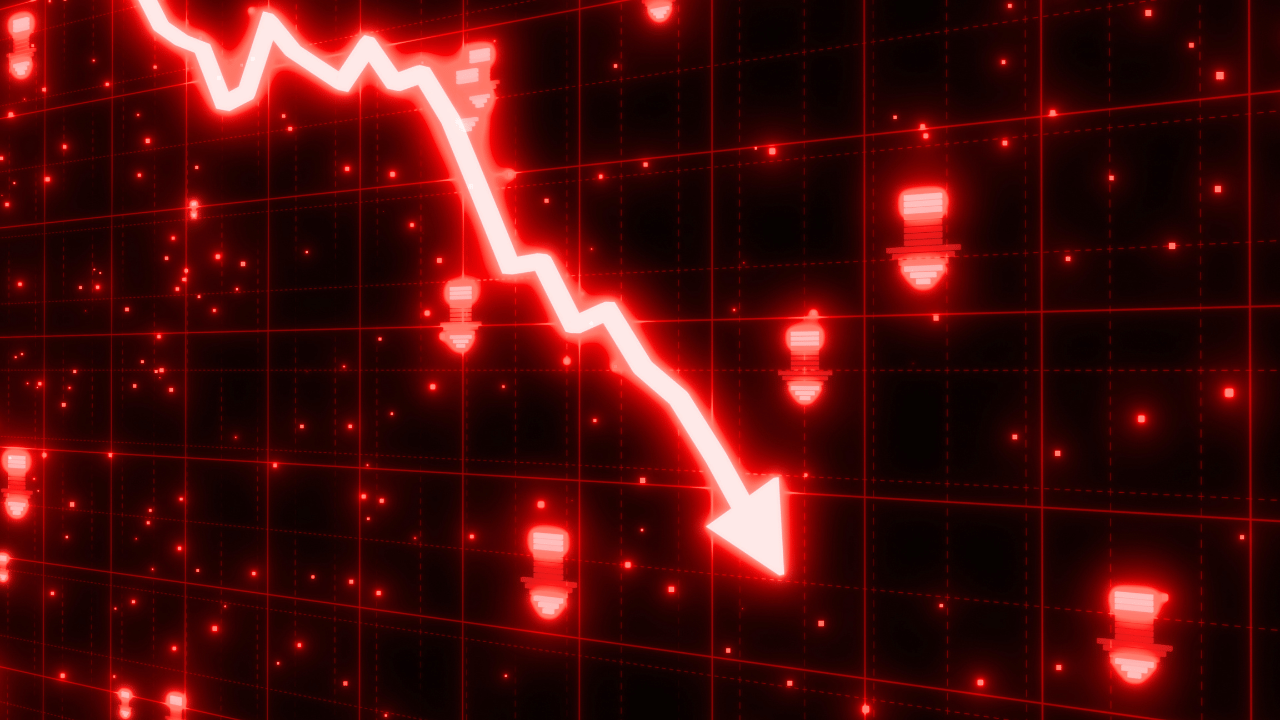Trump just raised the tariffs on China to 145% in total.
Here are what experts are saying as well as my thoughts on the matter:
A New High in the U.S.–China Trade War
The U.S.–China trade war just took another sharp turn. Former President Donald Trump has officially raised tariffs on Chinese imports to a staggering 145%, marking one of the most aggressive trade policy moves in recent years. While the administration has announced a 90-day pause on global tariffs for about 60 other countries, China was noticeably excluded. Instead, the tariffs on Chinese goods were increased—adding to what was already an 84% rate—now combining with additional penalties related to issues like fentanyl and illegal immigration.
Why the Tariffs Were Increased
The increase was largely a reaction to China refusing to back down. When Beijing raised its own tariffs on American goods, the Trump administration responded by piling on even more. According to the White House, part of the additional tariffs also stemmed from concerns over the illegal import of fentanyl and migration-related issues, which added another 20% to the final total.
Market Reactions and Economic Impact
As expected, the markets didn’t take the news well. The S&P 500 dropped nearly 4% on the day of the announcement, and the NASDAQ gave back some of its largest single-day gains in decades. While Trump’s decision to pause global tariffs briefly sent the market soaring, the China escalation quickly reversed that optimism. Year-to-date, the S&P 500 remains down more than 10%, and market volatility continues to be a concern.
What It Means for Consumers and Businesses
For American consumers, this likely means higher prices on everyday goods—especially electronics, clothing, and household products that originate in China. Businesses that rely on Chinese supply chains will also feel the pressure, and while some may look to relocate manufacturing elsewhere, that process is costly and complex.
A 90-Day Window for Negotiations
The administration has set a 90-day window for negotiations with dozens of other countries impacted by the paused tariffs. Countries like South Korea, Japan, and Vietnam appear to be fast-tracking discussions and may be among the first to secure new deals. The White House has confirmed that around 70 countries have already expressed interest in talks.
What About China?
A trade deal with China remains uncertain. While talks continue behind the scenes, tensions remain high. The White House appears committed to using tariffs as leverage, and so far, China has not indicated a willingness to concede. Both countries have maintained retaliatory measures, and there’s no clear path forward—at least for now.
More Tariffs May Be Coming
Despite the current wave of tariff hikes, the administration has hinted at more to come. Future targets could include semiconductors, pharmaceuticals, copper, and even countries that buy oil from Venezuela. The baseline 10% tariff on many other imports remains in place, and the 25% rate on metals, cars, and non-USMCA goods from Canada and Mexico is still active.
Final Thoughts
The 145% tariff on Chinese imports is a bold and highly controversial move that introduces more uncertainty into the global economy. Whether it pushes China toward compromise or deepens the divide, only time will tell. In the meantime, American businesses and consumers alike are bracing for a period of price increases, market swings, and prolonged trade friction.
